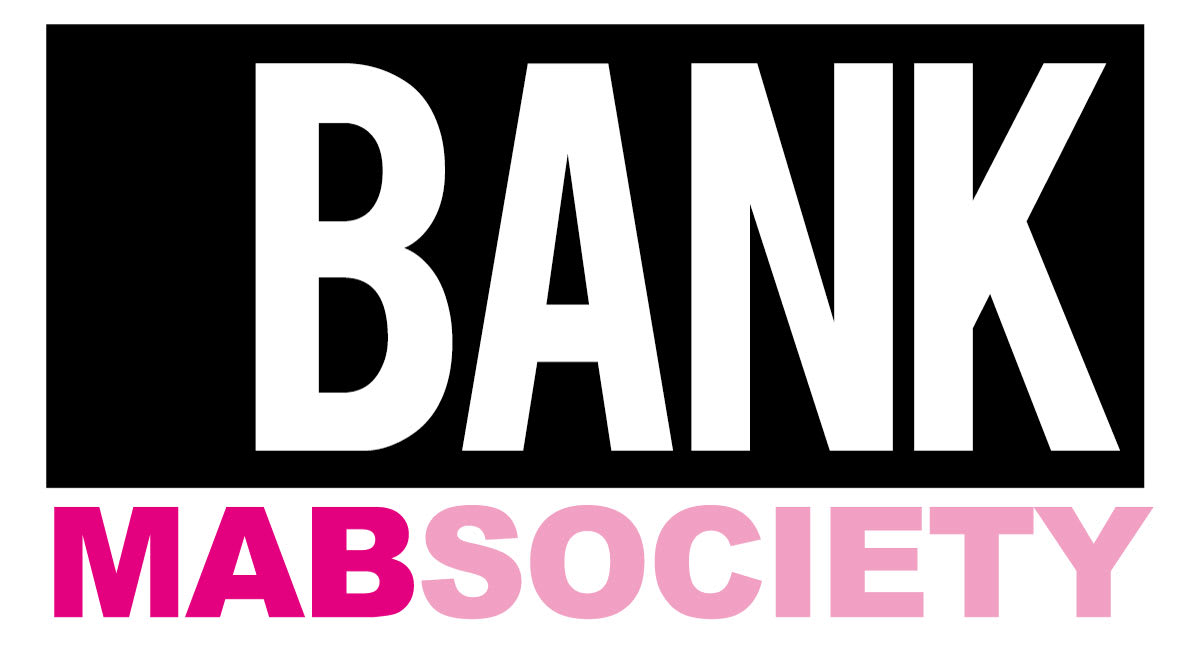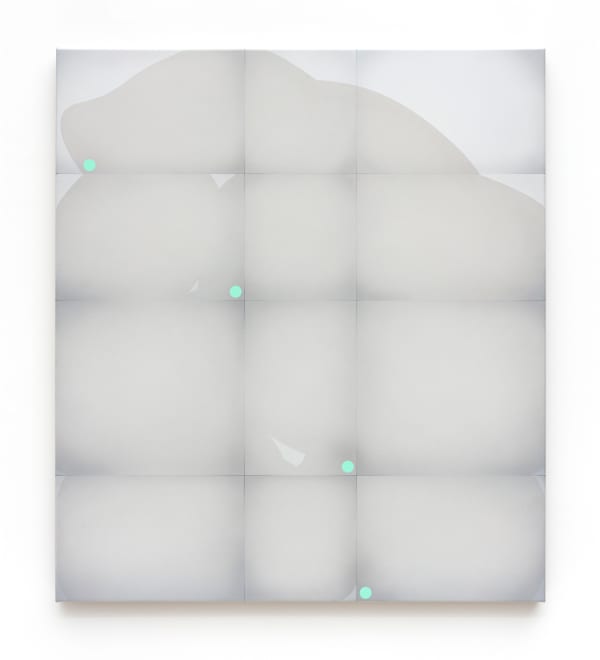Andrew Chapman: Seeing in Normal Circumstances
Past exhibition
Overview
In Seeing in Normal Circumstances, an initial glance may appear to be the offerings of some type of collective: possibly, a group show of artists pivoting around a rolodex of thematic drivers.
What belies this, however, is a particularly solitary and singular practice. One in which the artist’s hand, or in some cases the obfuscation of, is imbued in every stage of the work’s production. The studio becomes a sieve through which a range of references are carefully folded into the apparatus of painting. Low relief works function as “paintings through sculptural means” as Chapman describes, and as uncanny facsimiles of the vaguely familiar.
Beneath all of this is an underpinning of ambiguity. The mechanics of painting function like a breadboard for iterative connections: paint serves as the raw ore in the fabrication of image and association.
For Chapman, painting is an emblem of a resolute, idiosyncratic record. At once both an ineffable yet materially grounded object, there is an aspect of his work that is almost forensic in nature. It wants to be linked; to meaning, to a time, to a thing, to a place. The surface properties of the works are often akin to a screen or photograph, where mark making and ground become fused. Attention to details such as this reflect an intrinsic conceit: the slipperiness of cognition, memory, and truth is woven into the fabric of painting, which is like a strange reverse engineering of some phenomenological subject.
The philosopher Avrum Stroll wrote “...vision is like a double agent that works for both sides. It seems accurately to report what it finds and also to distort it. It thus seems to be both the source of knowledge and a source of error.”
Seeing in Normal Circumstances continues a recurring theme in Chapman’s output, namely, a body of disparate works that are arrived at through a self-catalyzing process. They are fostered in relation to one another and operate like a key to his oeuvre at large.
What belies this, however, is a particularly solitary and singular practice. One in which the artist’s hand, or in some cases the obfuscation of, is imbued in every stage of the work’s production. The studio becomes a sieve through which a range of references are carefully folded into the apparatus of painting. Low relief works function as “paintings through sculptural means” as Chapman describes, and as uncanny facsimiles of the vaguely familiar.
Beneath all of this is an underpinning of ambiguity. The mechanics of painting function like a breadboard for iterative connections: paint serves as the raw ore in the fabrication of image and association.
For Chapman, painting is an emblem of a resolute, idiosyncratic record. At once both an ineffable yet materially grounded object, there is an aspect of his work that is almost forensic in nature. It wants to be linked; to meaning, to a time, to a thing, to a place. The surface properties of the works are often akin to a screen or photograph, where mark making and ground become fused. Attention to details such as this reflect an intrinsic conceit: the slipperiness of cognition, memory, and truth is woven into the fabric of painting, which is like a strange reverse engineering of some phenomenological subject.
The philosopher Avrum Stroll wrote “...vision is like a double agent that works for both sides. It seems accurately to report what it finds and also to distort it. It thus seems to be both the source of knowledge and a source of error.”
Seeing in Normal Circumstances continues a recurring theme in Chapman’s output, namely, a body of disparate works that are arrived at through a self-catalyzing process. They are fostered in relation to one another and operate like a key to his oeuvre at large.
Installation Views
Works











